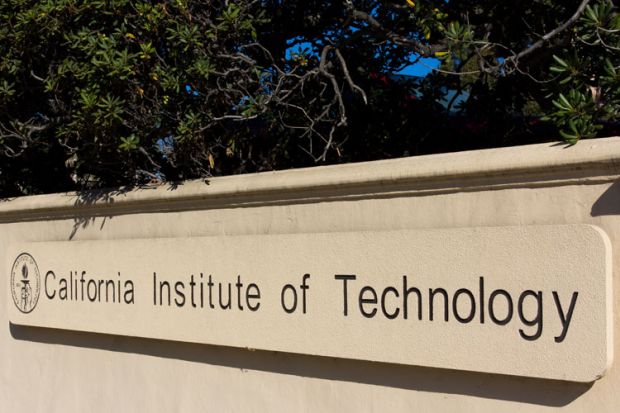Caltech: Caltech Physicists Win New Horizons in Physics Prize
Two Caltech physicists have received 2023 New Horizons in Physics Prizes, two of several Breakthrough Prizes announced today. Professor of physics and Rosenberg scholar Manuel Endres is being honored for “for the development of optical tweezer arrays to realize control of individual atoms for applications in quantum information science, metrology, and molecular physics,” according to the Breakthrough Prize citation. Endres receives the prize jointly with scientists Hannes Bernien, Adam Kaufman, Kang-Kuen Ni (formerly a Caltech postdoctoral scholar), Hannes Pichler (formerly the Moore Postdoctoral Scholar in Theoretical Physics at Caltech), and Jeff Thompson.
Professor of Theoretical Physics David Simmons-Duffin is being honored for “the development of analytical and numerical techniques to study conformal field theories, including the ones describing the liquid vapor critical point and the superfluid phase transition.”
The New Horizons prizes are awarded to “promising early-career researchers who have already produced important work,” according to the Breakthrough Prize website.
Additionally, distinguished Caltech alumnus Peter Shor (BS ’81), professor of applied mathematics at MIT, has received the Breakthrough Prize in Fundamental Physics, along with Charles H. Bennett, Gilles Brassard, and David Deutsch. According to the Breakthrough Prize website, “Peter Shor [invented] the first quantum computer algorithm that was clearly useful. Shor’s algorithm can find the factors of large numbers exponentially faster than is thought to be possible for any classical algorithm. He also designed techniques for error-correction in quantum computers—a much harder feat than in classical computers, where simple redundancy will suffice. These ideas not only paved the way for today’s fast-developing quantum computers; they are now also at the frontiers of fundamental physics, especially in the study of metrology—the science of measurement—and of quantum gravity.”
Endres conducts experimental and theoretical research in quantum science. He has developed new techniques for controlling single atoms with optical “tweezer arrays” and for generating quantum entanglement in the lab, with applications toward future quantum technologies such as quantum computers. His work has also led to an atomic “tweezer clock” that holds promise to be the most accurate and precise optical atomic clock yet.
“We developed techniques that have fundamentally changed how we can perform atomic and molecular physics experiments,” Endres said. “They enable controlling hundreds, and in the future, likely tens of thousands of atoms individually, at the full quantum level. There are a multitude of applications, especially in the emerging field of quantum science and technology. I am very thankful for the recognition, and it’s important that the prize is shared among several researchers, all of whom contributed their part. Science is a community effort.”
Simmons-Duffin studies strongly coupled quantum field theories, which involve quantum particles that strongly interact. These theories include both quantum mechanics and the laws of special relativity. In particular, he works on so-called conformal field theories (examples of which describe phase transitions in magnets and boiling water). His work has applications in condensed matter physics, particle physics, and quantum gravity.
“I am honored to receive a New Horizons prize. I feel lucky to spend time thinking about some incredibly beautiful ideas (like emergent symmetry, holography, and the conformal bootstrap), while collaborating with and learning from some amazing physicists,” says Simmons-Duffin. “I agree with Manuel: science is a community effort, and I am grateful and excited to be part of it.”

